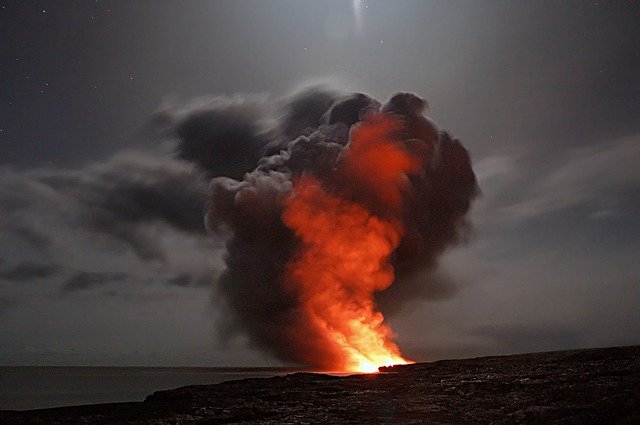Scientists at the University of Geneva in Switzerland have come up with an easier way to predict when and where a volcanic eruption will occur.
Volcanic eruptions are usually hard to predict. While some occur more frequently, others can lay dormant for thousands of years and suddenly erupt. Now researchers have found the factors determining whether an eruption is likely to occur and how bad it could be.
According to the study author, Luca Caricchi, a professor at the Department of Earth Sciences at UNIGE, the world has about 1500 active volcanoes, 50 of which erupt every year. For this reason, it is crucial to know when to evacuate a population to minimise the impact of eruptions.
Content of magma determines how fast it rises
The researchers collected data on stages before a volcano erupted and analysed it. In one of the first stages, magma (molten rock) arises tens of kilometres deep from the earth surface. Meredith Townsend, a researcher at the Department of Earth Sciences at the University of Oregon, explains that some magma can get trapped within reservoirs in the earth’s crust where it could remain and never erupt.
The researchers used mathematical models to determine how much pressure was needed for the magma to escape the reservoir and rise to the surface. They also examined how quickly it would get to the surface and the path it was likely to take to get there.
They found that the magma could take any number of routes, that is, inclined, horizontal and vertical. The amount of time depended on its contents. It rises quickly if it does not have any crystals and is runny. However, more viscous magma takes longer.
Other factors that could trigger an eruption were earthquakes, rains or tides. However, these cannot cause an eruption by themselves. Magma must already is present in a reservoir.
Older volcanoes have bigger eruptions
The age of a volcano can also determine the reservoir size and the resulting eruption. In older volcanoes, the reservoirs are bigger, and the surrounding rocks hotter. When magma is added, not much pressure is generated as the rocks deform. However, when an eruption does occur, it tends to be significant. Newer volcanoes have small but frequent eruptions.
The age of a volcano can be determined by analysing minerals in the rock called zircon.




